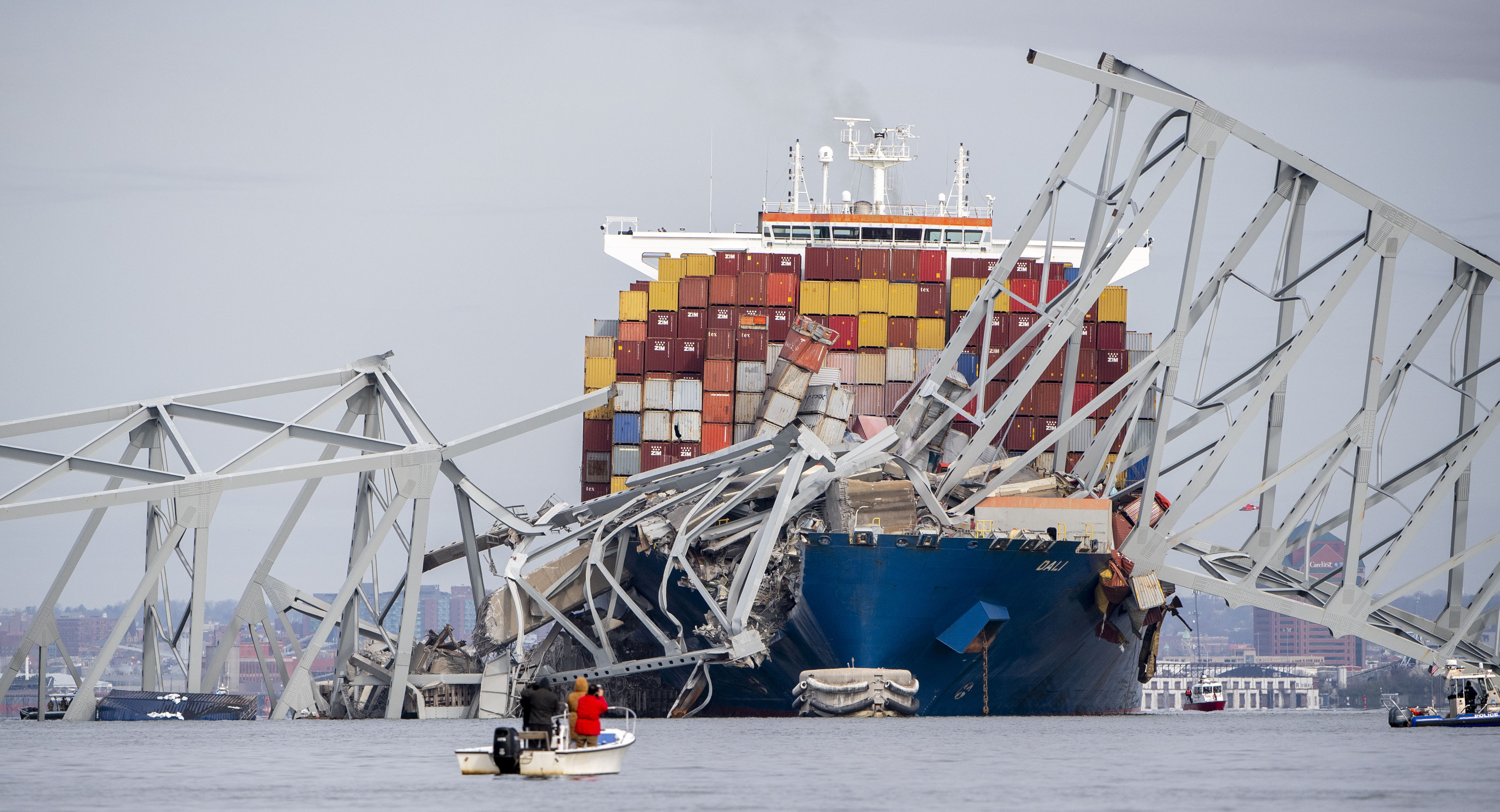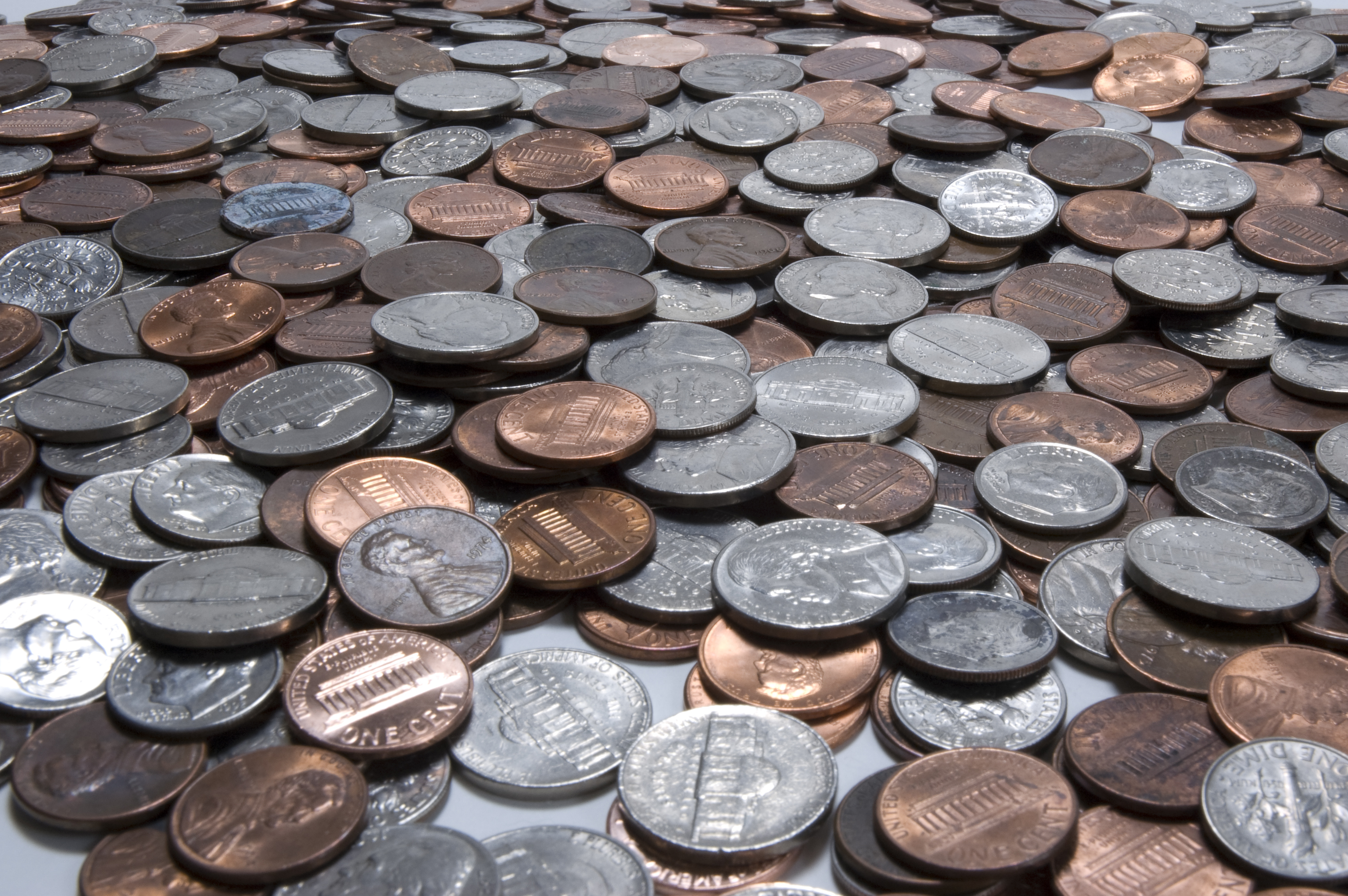On a Baltimore street corner, public health workers hand out a life-saving overdose antidote to residents painfully familiar with the ravages of America's opioid epidemic. But the training wraps up quickly; all the naloxone inhalers are claimed within 20 minutes.
"We could've easily handed out hundreds of doses today. But we only had 24 kits. That goes fast," said Kelleigh Eastman, a health department worker assisting the city's bluntly dubbed "Don't Die" anti-overdose campaign.
Cities like Baltimore are feeling the financial squeeze as they rely on naloxone to try and counteract rising overdose rates. Some hard-hit communities across the country are struggling to pay for dosages even at reduced prices.
With more overdoses driven by synthetic opioids like fentanyl and carfentanil — so potent it's used as an elephant tranquilizer — naloxone remains pricey enough that Baltimore's health department is rationing supplies, stretching a dwindling stockpile of inhalers. Last year, the city distributed more than 25,000 doses, up from about 19,000 in 2016.
"Every week, we count the doses we have left and make hard decisions about who will receive the medication and who will have to go without," said Baltimore Health Commissioner Dr. Leana Wen, who issued the city's innovative blanket prescription for the drug in 2015.
Numerous states have since passed laws — including bypassing prescription requirements and establishing community training programs — aimed at expanding use of the medication that restores a person's breathing while temporarily blocking the brain's opioid receptors.
"It's a bit of a pressure-cooker environment for Baltimore but also places in many other states that have been on the front lines of the overdose crisis and where the toll keeps rising. The challenge, on a structural level, is that there's no clear sustainable funding source for naloxone," according to Daniel Raymond, policy director for the National Harm Reduction Coalition.
U.S. & World
In Charleston, West Virginia, the health department reported Monday that it has only 159 doses remaining, most allocated for community classes in coming days. Kanawha-Charlestown Health Department spokesman John Law said they've requested more naloxone auto-injectors from the company that's donated to them in the past "but we have had no response."
Last week, U.S. Surgeon General Dr. Jerome Adams issued the office's first national public health advisory in 13 years, calling on more Americans to start carrying naloxone and urging more federal funds be dedicated to increasing local antidote access.
"Costs should not and, in the near future, will not be a barrier to accessing naloxone for anyone in America," Adams pledged.
A two-dose carton of Narcan — a brand name for naloxone inhalers — has list prices of about $125. First responders and community organizations can purchase Narcan at discounts of $75 per two-dose carton, according to manufacturer Adapt Pharma. The Evzio auto-injector from Virginia-based drugmaker Kaleo currently has list prices of roughly $3,800 for a box with two doses, up from about $690 in 2014. Last week, Kaleo announced a new initiative that will allow federal and state government agencies to make direct purchases of two-pack Evzio kits for $360 each.
The surgeon general's advisory was welcome in Philadelphia, where health officials have debated internally whether "rationing" accurately describes their naloxone situation. The city has one of the highest opioid death rates of any large U.S. metropolis and distributed 25,000 doses from July through December last year.
"Given the tremendous scope of the opioid epidemic and (our) anticipated 1,200 overdoses deaths in 2017, easier — and cheaper — access to naloxone for the general public and public safety agencies has the potential to save hundreds of lives," Philadelphia Health Department spokesman James Garrow said.
The stakes couldn't be higher. Growing anecdotal evidence shows that multiple naloxone doses are needed to reverse an overdose caused by synthetic opioids — more than the single dose to reverse a heroin overdose.
Baltimore Fire Deputy Chief Mark Fletcher said first responders have found it takes "two doses or maybe even three doses" to restore respiration if a person used heroin laced with fentanyl or carfentanil.
It's not yet clear how naloxone saturation is affecting overdose deaths overall. One 2017 study published by the National Bureau of Economic Research suggests that laws boosting naloxone access are linked to as much as an 11 percent drop in fatalities.
In a gritty Baltimore neighborhood, Shane Shortt, who is addicted to heroin, said he's been able to revive five drug companions with Narcan over the past year and swears he never goes anyplace without an inhaler.
"You never know when you're going to have to use it. It was actually used on me like last week," Shortt said outside a Baltimore needle-exchange van where about a dozen people showing the ravages of long-term drug use lined up with a few younger people.
An addictions and recovery expert with the National Council for Behavioral Health, Tom Hill, said the bottom line is naloxone is just about "all we have" to battle overdoses.
"Anything to lower the costs of a life-saving drug is a very welcome thing," he said from Washington.
Wen, who is among the many officials calling on the Trump administration to directly negotiate the price of naloxone with manufacturers, was more blunt: "We are in the middle of a national epidemic. We should not be priced out of the ability to save lives."



